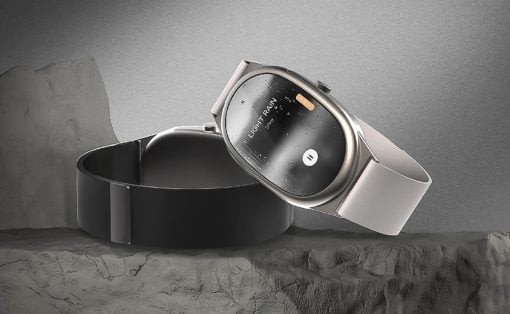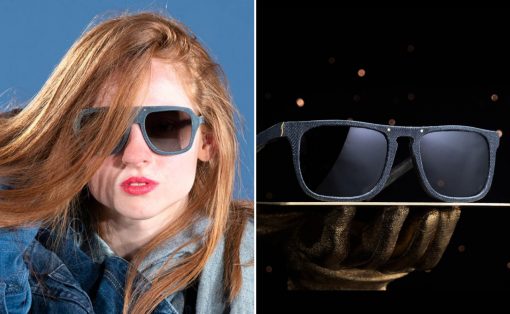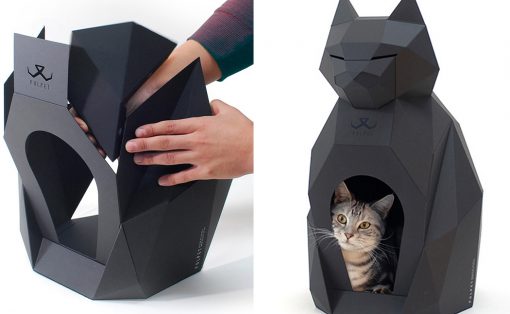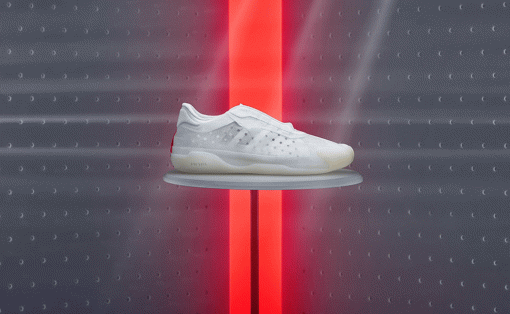
Ceramic Bodies is a collection of four porcelain vases that fit together like a three-dimensional puzzle.
Designer Jörg Hugo studied architecture before opening his own design studio. Calling it Studio Jörg Hugo, his work largely explores “the relationship between materiality, form, and space,” as he describes on his personal website. Relying on either digital or analog design methods and production techniques, Hugo creates timeless pieces that completely reinterpret how we interact with space and material. One of his most recent projects, Ceramic Bodies, comprises a collection of four porcelain vases that almost appear to melt into each other like a three-dimensional puzzle.
Designer: Jörg Hugo


Each vase that’s included in Ceramic Bodies is deformed by design. Dotted with imprints and depressions, the deformed shape of each vase is a type of stabilizing technique called geometric optimization, which finds the most suitable configuration for an object to minimize its overall structural mass and energy. Fitting together like twin pieces, the plaster molds for each vase were CNC-milled from gypsum blocks to ensure accurate sizing and streamline the production process.


Before production, “All porcelain bodies were 3D-scanned, re-topologized and modified,” Hugo explains, “making it possible to change scale, adapt shrinking factors and optimize the stability of each porcelain body in a short period of time.” In order to ensure the vases were stabilized when they came together, Hugo altered the outer surface when necessary. While handcrafted ceramics is a timeless art, through Ceramic Bodies, Hugo found a digital way to save time while making art that looks handcrafted.

Starting with gypsum blocks, Hugo reconfigured the outer surface of each vase so that they would fit into one another.

Hugo carefully shaped each vase so that they could form one unit.

The vases could stand alone as an art piece or work as individual vases for flowers.







